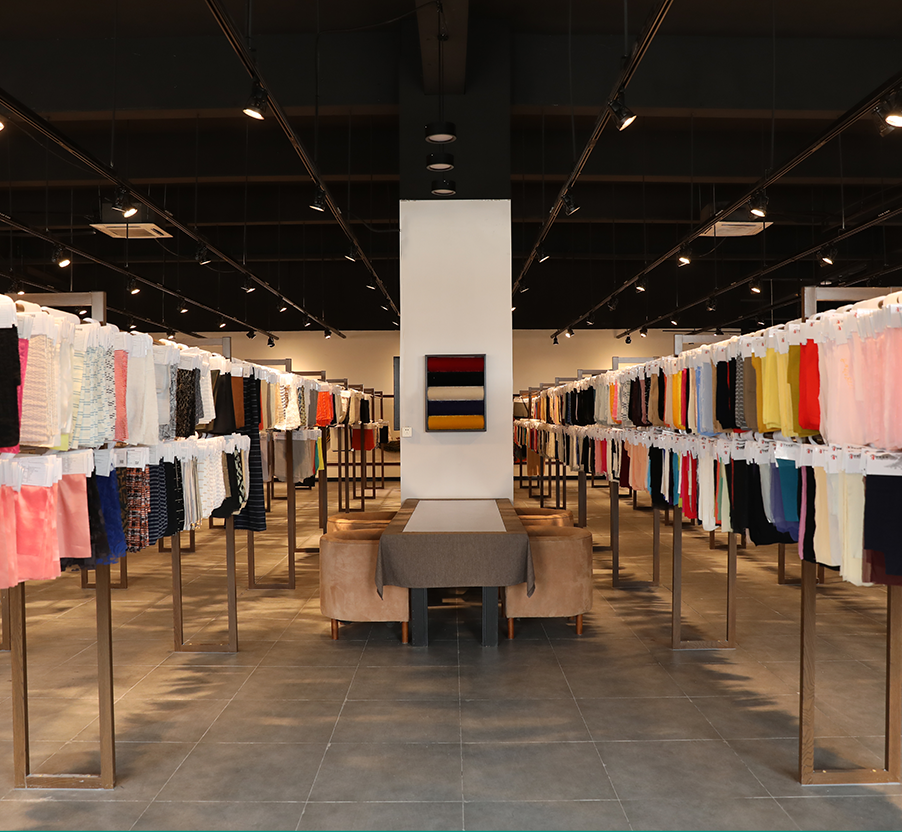Industry knowledge
The Classification of Bonding fabric
Bonding fabric is a type of composite fabric that is made by bonding two or more layers of fabric together using a variety of techniques. It can be classified based on the type of bonding used or the materials used in the bonding process. Here are some common classifications of bonding fabric:
Heat bonding: This type of bonding fabric uses heat to melt an adhesive material that is applied between two layers of fabric. The layers are then pressed together to create a strong bond. This method is often used with synthetic fabrics such as polyester and nylon.
Adhesive bonding: Adhesive bonding fabric uses an adhesive material such as glue or a double-sided tape to bond two layers of fabric together. This method is often used with lightweight fabrics such as cotton or silk.
Ultrasonic bonding: Ultrasonic bonding uses high-frequency vibrations to bond two layers of fabric together. This method is often used with nonwoven fabrics such as felt or foam.
Sewn bonding: This type of bonding fabric uses sewing techniques to attach two or more layers of fabric together. The layers can be sewn together with a variety of stitches, including zigzag, straight, or decorative stitches.
Laminated bonding: Laminated bonding fabric involves bonding a layer of fabric to a layer of plastic film using heat or adhesive. This method is often used with waterproof or moisture-resistant fabrics.
Overall, bonding fabric can be classified based on the type of bonding used or the materials used in the bonding process. Each method offers different benefits and can be used with a variety of fabrics to create strong, durable composite fabrics.
The Structure of Bonding fabric
Bonding fabric is a composite fabric made by bonding two or more layers of fabric together. The structure of bonding fabric varies depending on the type of bonding technique used, but generally consists of the following layers:
Outer layer: This layer is typically made of a decorative or functional fabric, such as cotton, polyester, or nylon. The outer layer is the visible layer of the fabric and can be printed, embroidered, or dyed to add design elements.
Inner layer: The inner layer is typically made of a lighter weight fabric or a nonwoven material, such as felt or foam. The inner layer provides support and stability to the fabric and can also add insulation or cushioning.
Bonding layer: The bonding layer is the layer that joins the outer and inner layers together. The bonding layer can be made of a variety of materials, including adhesives, heat-activated films, or ultrasonic waves. The bonding layer holds the layers together and creates a strong, durable fabric.
The structure of bonding fabric can vary depending on the desired end use of the fabric. For example, a bonding fabric used for outdoor gear may have additional layers for waterproofing or insulation, while a bonding fabric used for fashion may have a different outer layer for aesthetic purposes. Overall, bonding fabric offers a versatile and customizable structure for creating composite fabrics with unique properties and functions.


 中文简体
中文简体 Français
Français Deutsch
Deutsch italiano
italiano































